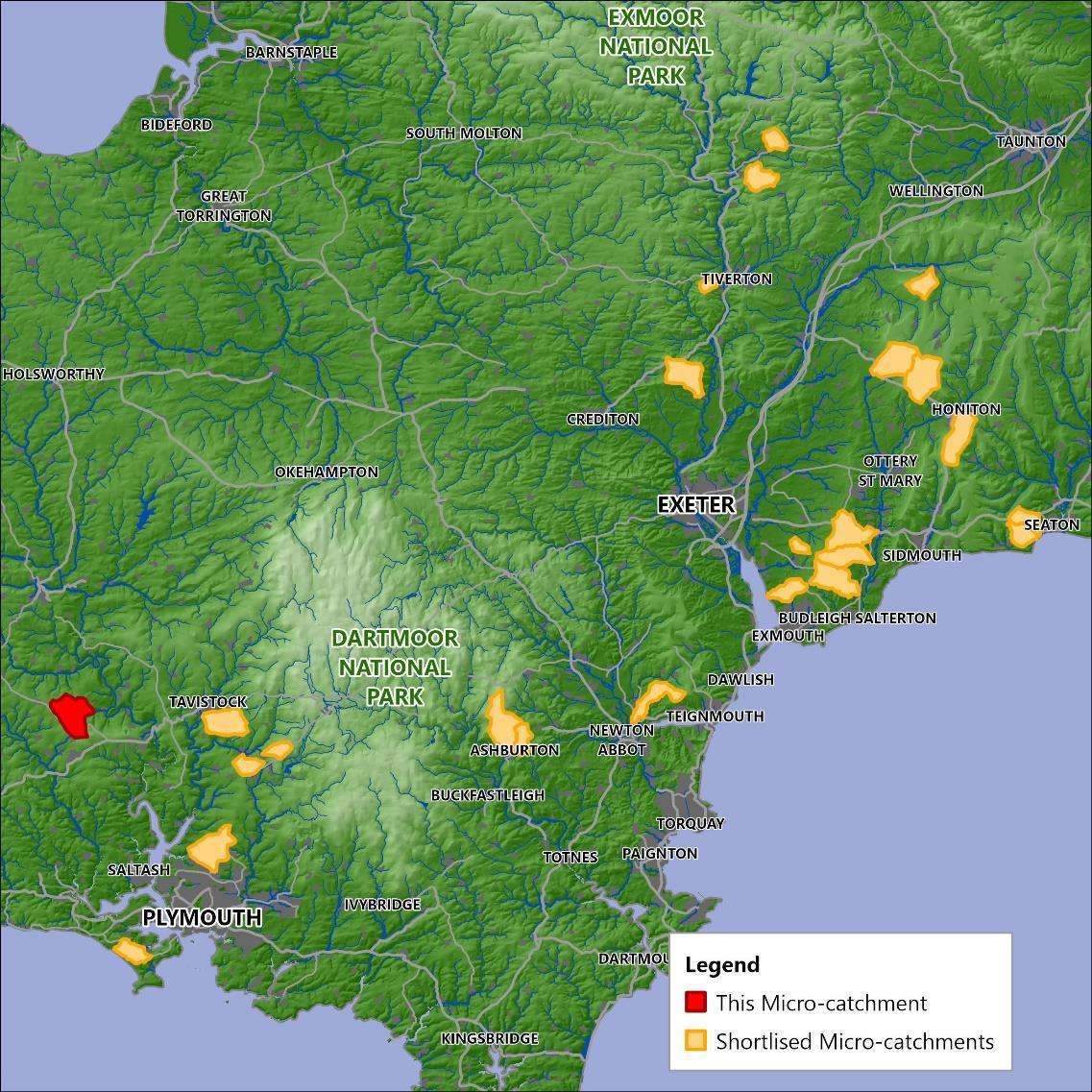
3 minute read
Issues
Multiple issues have already been mentioned and mapped that could be contributing to flood risk and WFD failures. However, there are further potential issues that may be influential which will be explored in the following pages.
Issues
Pollution and Abstraction
Pollution incidences themselves will directly affect water quality, but consented discharges into watercourses and chemical runoff from roads exacerbated by rainwater may also be sources of pollution. There have been two reported pollution incidents within the catchment. There was a Category 1 Major incident in the Alren Stream’s southern tributary just north of Kelly Bray in September 2009 from crude sewage. This was also classed as a Category 3 Minor pollution incident to air and land, as opposed to Category 4 (No Impact). There was a Category 2 Significant incident in a small tributary just north of Old Mill in October 2010 from slurry. This was also classed as a Category 3 (Minor) incident to air and land.
There are six sources of consented discharges in the catchment. At the furthest downstream site at Old Mill, South West Water (SWW) have consented discharges for sewage from both a pumping station and a sewer storm overflow tank into the Alren Stream. SWW’s site further upstream is for a waste water treatment works discharging treated effluent and sewer storm overflows into the tributary. The western consented discharge is for domestic properties discharging treated effluent into a soakaway. The southern discharge site is for council houses run by Cornwall Council also for discharging treated effluent into a soakaway. Licensed water abstraction points may serve as sources of risk to ground water quantity and availability. However, there are no water abstraction points present in this catchment.


Issues
Hydrological Connectivity
Surface flow pathways are the routes rainwater accumulates and follows when it lands to the nearest depression or watercourse. As it flows, surface water can pick up any number of chemicals, soil, and debris and carry them into the watercourse with it. This serves to demonstrate why community engagement and working with land owners is so important, as the effects of practices upstream in the catchment cascade down via these routes. Pathways have been modelled in 2 different ways here. The first are modelled using topographic data and software called SCIMAP (left). Only the routes with above average wetness are shown. The flat topography of floodplains skews the modelling process and any pathways in these areas should be considered unreliable. The second method uses SCALGO Live (right). Flow routes with at least 1km2 upstream area are shown. Areas that would be flooded if 15cm of rain were to fall during a storm event are also mapped. Flooded areas are coloured by their water volume from light to dark.


Issues
Issues Identified During Walkover Surveys
During the walkover surveys, experienced surveyors at WRT recorded points of interest and concern, as well as potential natural flood management opportunities. The results are mapped (right) but it should be noted that the map is by no means exhaustive.


Some crop timing in the catchment can result in stubble or bare soils as the wetter seasons begin. If soil compaction is an issue then rapid run-off of surface water and soil may occur. Some maize is yet to be harvested (end Sept.).

Downstream, the channel is heavily incised and disconnected from the floodplain. The downward erosion of the channel has stripped the river bedload down to smooth bedrock which may increase the water speed to areas already vulnerable to flooding. Steep valley sides create rapid runoff.
The river passes through an established wooded floodplain which may present opportunities to deal with reconnection of the river to slow the flow. This map of issues was generated after one walkover survey, reflecting the situation at the time of survey. It is not exhaustive and doesn’t reflect all issues present in the catchment which will take much more effort to determine. A greater range of all the issues is present within the previous section. Any projects delivering in the catchment should undertake their own walkovers for confirmation and addition to the list.




